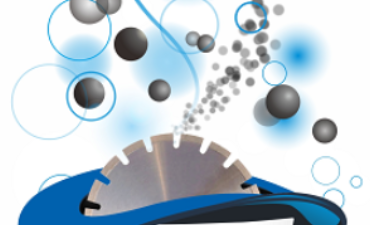Since July, the price of cobalt has maintained a trend of slow fluctuation and upward movement. Some diamond tool customers of Sagwell have adopted the practice of adding iron powder to the matrix to replace part of the cobalt, thereby achieving cost control. This approach has raised a common question among new customers: there is a huge price gap between cobalt and iron, so how can such substitution be realized?
To answer this question, we first need to clarify the core reasons for the recent rise in the price of metallic cobalt powder. On one hand, with the advancement of Tesla's localization and three official price adjustments in the past year, the new energy vehicle market has become increasingly competitive, and sales have achieved phased growth. The increased demand for lithium sulfate cobalt batteries has directly driven up the price of cobalt powder.
On the other hand, the epidemic has impacted international freight, slowing down the transportation of imported cobalt and creating a market pattern of tight supply-demand balance or even supply shortage. Driven by the combined effect of these two factors, domestic cobalt prices have continued to rise.

The reason why Sagwell's iron powder can replace part of cobalt lies in the matching of three key characteristics. First, the crystal structures of iron powder and cobalt are highly similar, providing fundamental material conditions for substitution. Second, their densities are relatively close, which can ensure the stability of physical properties of the matrix after forming. Third, iron itself has excellent wear resistance and strong adhesion to diamond particles, which can meet the core performance requirements of tool applications.
Test results of actual sintered samples show that the microstructures of both iron powder and cobalt powder after sintering are uniform and fine, with extremely high similarity. This further confirms the feasibility of substitution.
Against the backdrop of rising cobalt prices, the iron powder substitution solution has demonstrated significant cost advantages. More and more diamond tool enterprises have begun to adopt this solution, which successfully achieves effective reduction of production costs while ensuring the core performance of the products remains unaffected, gaining widespread adoption among enterprises in the industry.
Please feel free to consult for more details.
Email: [email protected]



